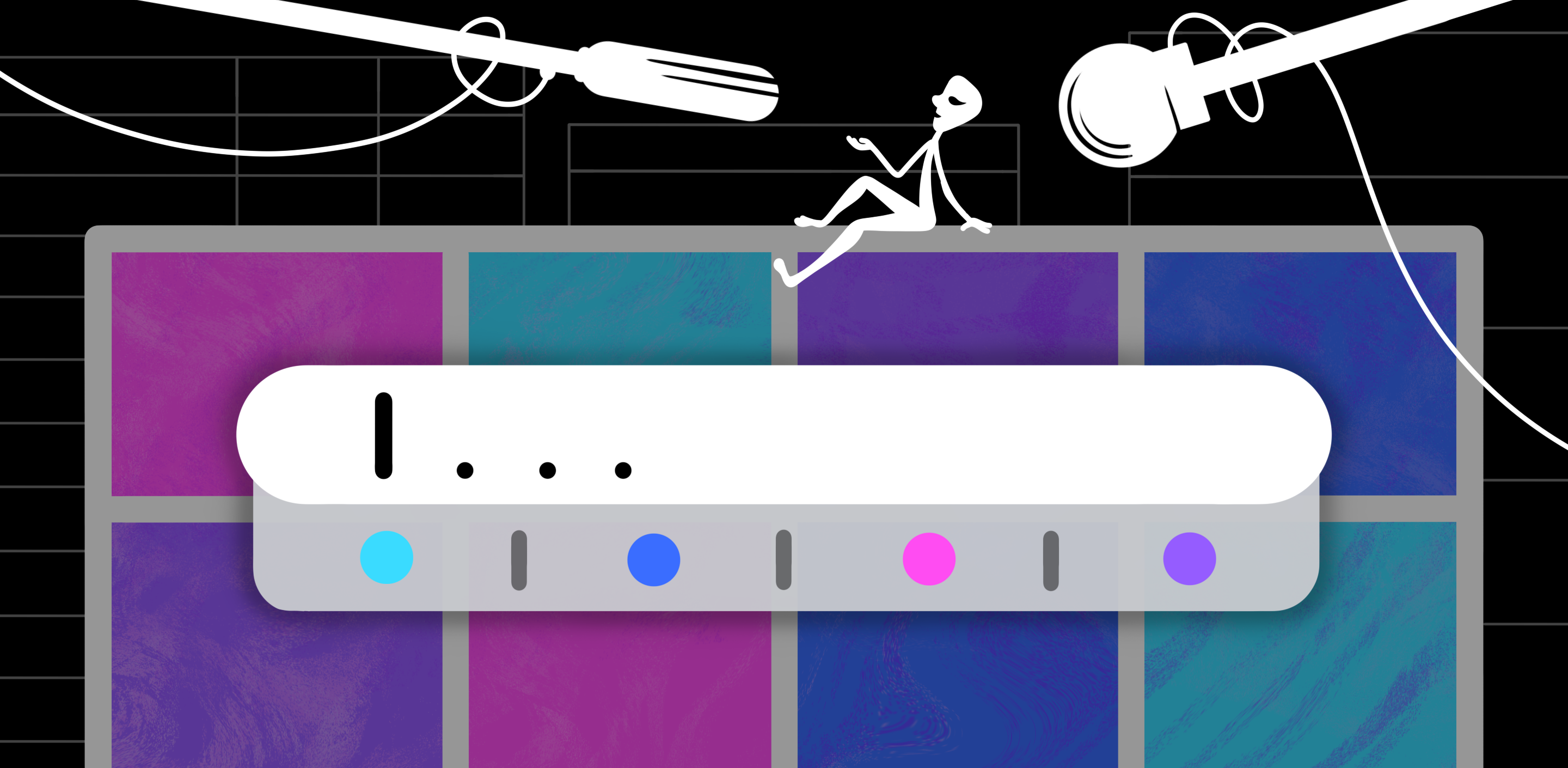Series
User activation
Learn when you should focus on user activation in a product and how to measure the activation performance. Find answers to how to define “aha moment” and how “time to value” affects the activation process.
Other content series
that you might find useful
Product management fundamentals
How to create products that people need
- Addressing user pain points vs solving user problems better
- Product manager skills: evolution of a PM role and its transformation
- Product metrics, growth metrics, and added value metrics
Product analytics: tools and hints
How data and analytics help product managers make the right decisions
- To reduce your product’s churn rate, first find out why users stay
- What is product/market fit and how to measure PMF
- How engagement metrics can be misleading
Professions and skills
Essential skills and knowledge for product managers and analysts
- How to increase the effectiveness of your product analysts
- Why every team member should know the key product metrics
- Key data skills for product managers: experienced PMs sharing their thoughts
User activation
The path to understanding the product value
- When user activation matters and you should focus on it
- User activation is one of the key levers for product growth
- The dos and don’ts of measuring user activation
Product testing and experiments
How to use A/B test and experiments to benefit the product
- Experiments where you make your product worse—the most underrated product manager tool
- Why your A/B tests take longer than they should
- Peeking problem—the fatal mistake in A/B testing and experimentation
AI/ML in product development
How to use AI/ML to add value to products
- How to discover potential AI applications in your business
- Improve Retention by using ML/AI: what to do and what not to do
- Basic guide to improving product quality with LLM
Switching to product management
Insights on transitioning to product management
- How to move from marketing to product management?
- How to move from engineering to product management?
- Is product management the right choice for you? This is your checklist
Product success stories
What makes great products great?
- We launched an app with $500,000 annual run rate—and then Apple killed it and launched a similar feature
- ASO optimization in practice: how a game I made over the weekend amassed 2 million downloads
- Slack vs Teams vs Workplace: the intriguing dynamics of the work messenger market
Unit economics
Calculating unit economics, LTV, ROI, ARPU, and other crucial metrics the right way
- How to calculate customer Lifetime Value. The do’s and don’ts of LTV calculation
- Guide to ARPU: formula, calculation example, LTV vs ARPU
- How to calculate unit economics for your business



